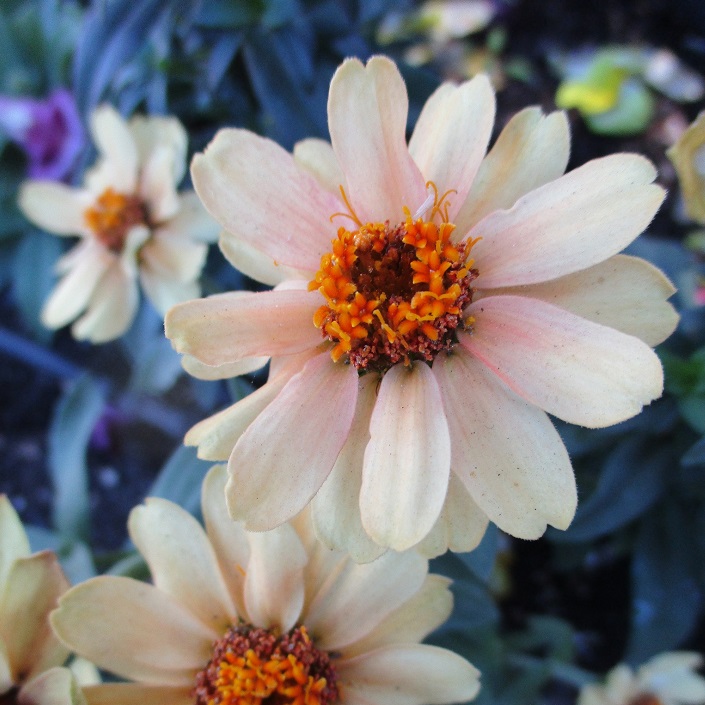UNITED STATES—As zinnias, petunias, cosmos and other warm season annuals fade in the cooling weather, we might add a few chrysanthemums or marigolds for color through autumn, or we might go straight for pansies, violas or other cool season annuals that will provide color through winter. In the locally mild climate, there is always potential for some sort of colorful bloom. Mild weather has advantages.
It also has a few disadvantages. It is what limits the variety of apples that can be grown here. It limits the potential for bulbs that will naturalize. It is why we do not even bother with maple sugaring. Although mild autumn weather promotes colorful bloom of cool season annuals, and allows some of the warm season annuals to bloom right into winter. It subdues the color of deciduous foliage.
Sweetgum, Chinese pistache, flowering pear and ginkgo are the most reliable trees for autumn foliar color here, even in the mildest of autumns. Sweetgum and Chinese pistache exhibit the most impressive range of vibrant colors. Flowering pear can be comparable, and often displays deep burgundy red as well. Ginkgo exhibits only bright yellow, but it is probably the best of bright yellow.
There are a few more choices. Fruitless mulberry, tulip tree, black walnut and the poplars turn nice yellow if the weather is right, but they do not get quite as bright as ginkgo. If it gets cold enough, Chinese tallow turns rich purplish burgundy. Red oak turns a nice uniform brown. Most cultivars of crape myrtle can get as colorful as sweetgum, and also provide colorful bloom through summer.
Of course, it is very important to learn about the distinct personality of a particular tree before adding it to the garden. After all, no tree is perfect. Sweetgum eventually drops messy and prickly seed pods. Roots of both sweetgum and Chinese pistache can be aggressive with concrete. Flowering pear is susceptible to fire blight. Then there are a few trees that are colorful in autumn, that also have other benefits. Persimmon trees that are grown for their fruit turn the most fiery orange in autumn!
Highlight: zinnia
The same cooling weather that is initiating fall color is what finishes the zinnias that bloomed so colorfully through summer. Like tomatoes, they can stay out in the garden until they succumb frost if they continue to perform, and if the space they occupy is not needed for something else. There should be no guilt with replacing them sooner. After all, they are technically warm season annuals.
Some of the more popular types of zinnias are identified as Zinnia elegans or Zinnia violacea. Most are known merely by their variety name. They have been bred so extensively than it is difficult to assign any of them to particular species. Most are susceptible to mildew if crowded or watered from above. They want full sun exposure and rich soil. Seed can be sown immediately after frost.
Zinnias are crazily variable. Some get more than three feet tall. Others are less than a foot tall. They can bloom in every color except blue. Some resemble other types of daisies, with distended centers. Others are as fluffy as African marigolds. Some bloom with small, but profuse flowers. Others have fewer, but bigger flowers that are wider than three inches. Most are excellent cut flowers.
Horticulturist Tony Tomeo can be contacted at tonytomeo.com.






